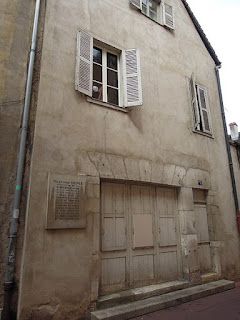War of Independence of Brazil
 |
| The Portuguese Cortes; Portuguese troops in Brazil, Pedro I on board the frigate União; Pedro I declares the Independence of Brazil, Pedro I crowned Emperor of Brazil. |
The Brazilian War of Independence (Portuguese: Guerra de Independência do Brasil), was waged between the newly independent Brazilian Empire and the United Kingdom of Portugal, Brazil and the Algarves, which had just undergone the Liberal Revolution of 1820. It lasted from February 1822, when the first skirmishes took place, to March 1824, with the surrender of the Portuguese garrison in Montevideo. The war was fought on land and sea and involved both regular forces and civilian militia. Land and naval battles took place in the territories of Bahia, Cisplatina and Rio de Janeiro provinces, the vice-kingdom of Grão-Pará, and in Maranhão and Pernambuco, which today are part of Ceará, Piauí and Rio Grande do Norte states.
There is a shortage of reliable casualty data.Casualty estimates are based on contemporary reports of battles and historical data, and range between a total of 5,700 to 6,200.
Start of the war
During late 1821 and early 1822, the inhabitants of Brazil took sides in the political upheavals that took place in Rio de Janeiro and Lisbon. Fights between Portuguese soldiers and local militias broke out in the streets of the main cities in 1822 and quickly spread inland, despite the arrival of reinforcements from Portugal.
There was a split in the Luso-Brazilian Army which was garrisoned in the Cisplatina province (modern-day Uruguay). Portuguese regiments retreated to Montevideo and were surrounded by Brazilians, led by Baron of Laguna (himself a Portuguese, but, as many other aristocrats, on the side of Brazilian independence).
The remote and sparsely populated northern provinces of Pará and Maranhão declared loyalty to Portugal. Pernambuco was in favor of independence, but in Bahia there was no consensus among the population.
While Portuguese forces were able to stop the local militias in certain cities, including Salvador, Montevideo and São Luís, they failed to defeat the militias in most of the other cities and proved ineffective against the guerrilla forces in the rural areas of the country.
Supporters of Brazilian Independence created and enlarged the Brazilian Army and the Brazilian Navy by forced enlistment of citizens, foreign immigrants and mercenaries. They enlisted Brazilian slaves into militias and also freed slaves in order to enlist them in the army and the navy.
By 1823, the Brazilian Army had grown, replacing its early losses in terms of both personnel and supplies. The remaining Portuguese forces, already on the defensive, were rapidly running out of both manpower and supplies. Outnumbered across a vast territory, the Portuguese were forced to restrict their sphere of action to the provincial capitals along the shore that represented the country's strategic sea ports, including Belém, Montevideo, Salvador and São Luís do Maranhão.
Thanks for reading.....




Comments
Post a Comment